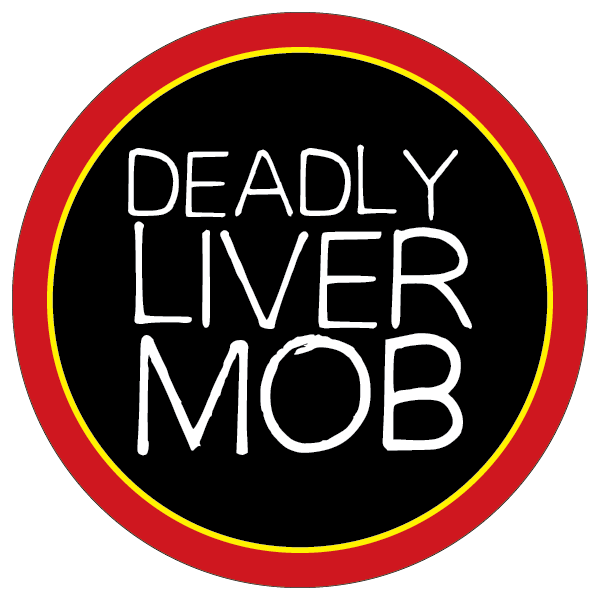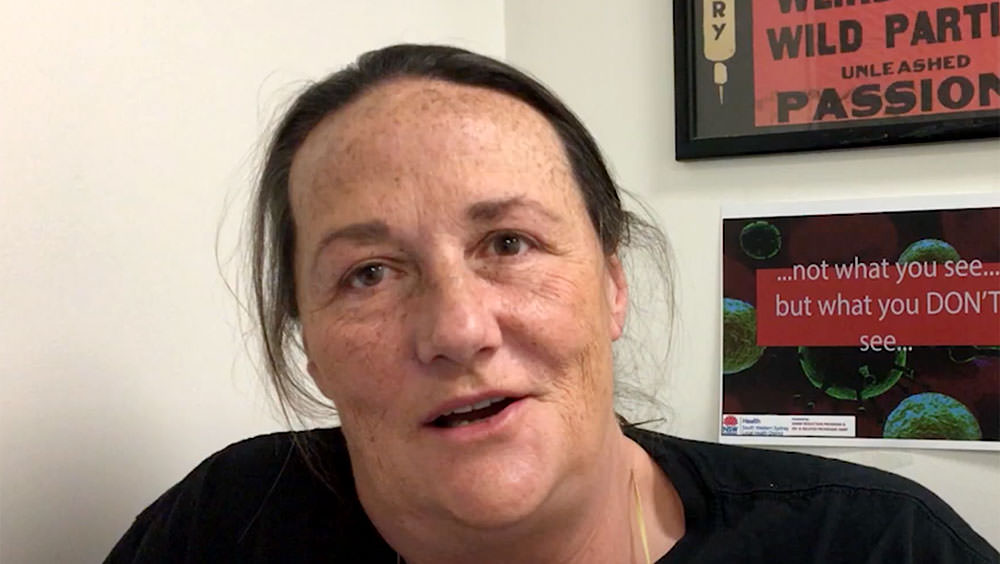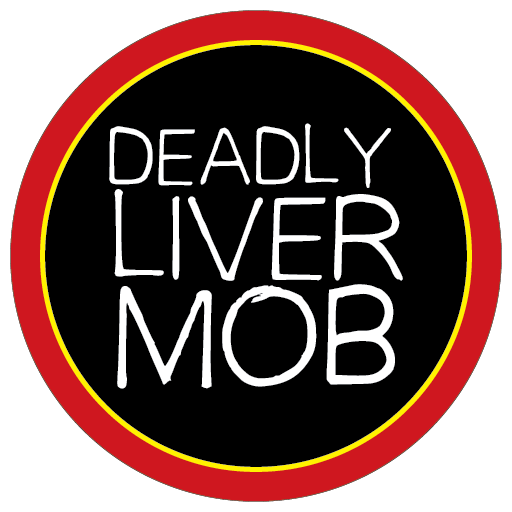Deadly Liver Mob uses an incentive-based peer-driven intervention model.
This approach is modelled on The Safe Injecting Cwiz (SIC) project that was conducted in Wentworth Area Health Service 1998-2002, which targeted people under the age of 25 years who injected drugs (Sheaves et al. 2001). The SIC project was an adaptation of the ECHO model, a HIV peer driven intervention for injecting drug users in the United States (Broadhead, Heckathorn, Grund, Stern, & Anthony, 1995; Sergeyev et al., 1999). These earlier projects provided the evidence to establish a focused, incentive-based education program that would reach deep into hidden and hard to reach networks.
There is also extensive evidence suggesting that incentives have benefits to health outcomes (e.g. see Boccia, Hargreaves, Lonnroth et al, 2011; Lagarde, Haines, Palmer, 2009; Parker, Bell, Currie et al, 2015; Seal, Kral, Lorvick et al, 2003; Topp, Day, Wand et al, 2013). You can read a literature review regarding incentives.
The peer-driven intervention model of the Deadly Liver Mob offers incentives to encourage clients to be educated then recruit and educate their peers. Their peers go to the Deadly Liver Mob program for education in the form of a conversation with the Aboriginal worker and to receive their incentive payment. The hepatitis C education sessions monitor the quality of peer messages and build on the client’s knowledge while dispelling any myths. A further incentive is offered to encourage program clients to undergo bloodborne virus and sexually transmissible infection testing, to return for the results of these tests, and for other sexual health services (including hepatitis B vaccinations and treatment for STIs where positive test results are returned). The Deadly Liver Mob program does not offer incentives for hepatitis C treatment, though this has been trialed elsewhere.


